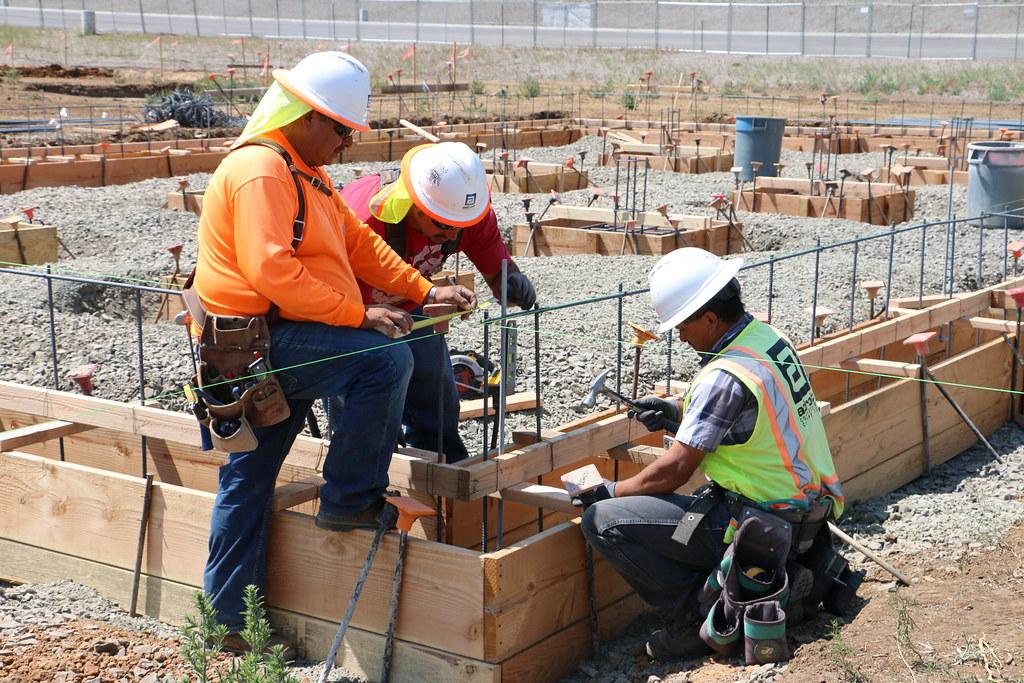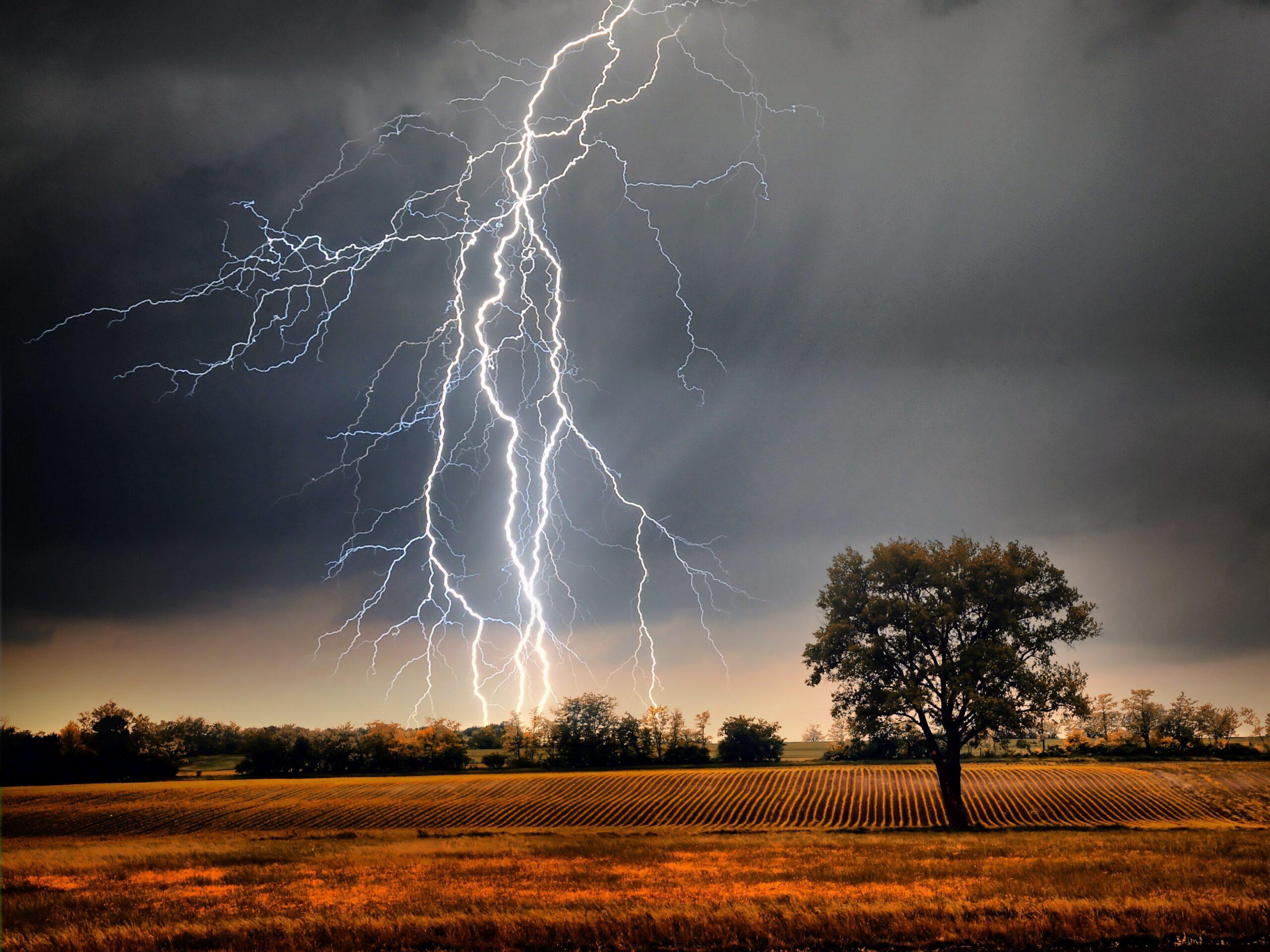In the aftermath of a devastating earthquake, one undeniable truth emerges: quakes do not kill people, bad buildings do. The structural integrity of buildings is critical in determining the impact of seismic events, highlighting the urgent need for better preparedness and construction standards in vulnerable regions. Join us as we delve into the intricate relationship between earthquakes and building safety, and explore solutions to mitigate the human cost of these natural disasters.
Why Building Safety is Crucial in Earthquake Preparedness
Ensuring building safety is a critical component of earthquake preparedness. When earthquakes strike, it is not the natural disaster itself that claims lives, but the collapse of poorly constructed buildings. In the event of a quake, buildings that are not up to code or structurally sound are much more likely to suffer severe damage, putting occupants at serious risk.
By prioritizing building safety measures, we can greatly reduce the potential for devastation in the aftermath of an earthquake. This includes implementing proper building codes, conducting regular inspections, and reinforcing structures to withstand seismic activity. Investing in the safety and resilience of our buildings is not only crucial for protecting lives but also for preserving communities and infrastructure in the face of natural disasters.

The Impact of Poor Construction Practices on Disaster Response
One of the key factors that can greatly impact disaster response is the quality of construction practices. Poor construction practices can result in buildings that are not able to withstand the force of natural disasters, such as earthquakes, hurricanes, or floods. When buildings collapse or are severely damaged during a disaster, it can lead to loss of life, injuries, and hinder rescue and recovery efforts. This is why it is crucial for construction practices to prioritize safety and resilience.
- Weak foundations
- Substandard materials
- Improper structural design
These are just a few examples of poor construction practices that can have devastating consequences during a disaster. By addressing these issues and ensuring that buildings are constructed to withstand potential disasters, we can help minimize the impact on communities and better prepare for future emergencies.

Ensuring Structural Resilience: Best Practices for Building Design and Construction
Building design and construction play a crucial role in ensuring structural resilience and protecting lives during natural disasters. It is essential to follow best practices to minimize the risks posed by earthquakes and other calamities. By incorporating the following guidelines into building projects, we can create safer environments for people to live and work in:
- Proper Foundation: Construct buildings on stable ground and ensure that foundations are secure to withstand seismic forces.
- Reinforced Materials: Use high-quality, reinforced materials that can withstand the impact of earthquakes and other disasters.
- Flexible Design: Implement designs that allow for movement and flexibility during tremors to prevent collapse.
Remember, “quakes do not kill people, bad buildings do”. By adhering to these best practices and prioritizing structural resilience in building design and construction, we can mitigate the devastation caused by natural disasters and protect the safety of individuals and communities.

Community Engagement in Strengthening Infrastructure Against Seismic Threats
It is a well-known fact that earthquakes themselves do not kill people; rather, it is the collapse of poorly constructed buildings that result in the loss of lives. Therefore, it is crucial for communities to actively engage in strengthening their infrastructure against seismic threats. By investing in resilient buildings and infrastructure, we can mitigate the devastating effects of earthquakes and protect the lives of our citizens.
Community engagement plays a vital role in preparing for seismic threats. Through collaboration with local government, engineers, and disaster management experts, communities can identify vulnerable structures, implement retrofitting measures, and establish emergency response plans. By coming together and pooling resources, we can create a safer environment for everyone. Remember, we are all in this together, and our collective efforts can make a significant difference in building a resilient infrastructure that can withstand seismic threats.
In Conclusion
As we have seen, earthquakes themselves may be powerful forces of nature, but it is ultimately the quality of our buildings and infrastructure that determines the true impact of these seismic events. By prioritizing safety and resilience in our construction practices, we can greatly reduce the risks posed by earthquakes and ensure the safety of our communities. Remember, quakes do not kill people, bad buildings do. Let’s work together to build a stronger, safer future for all. Thank you for reading.





